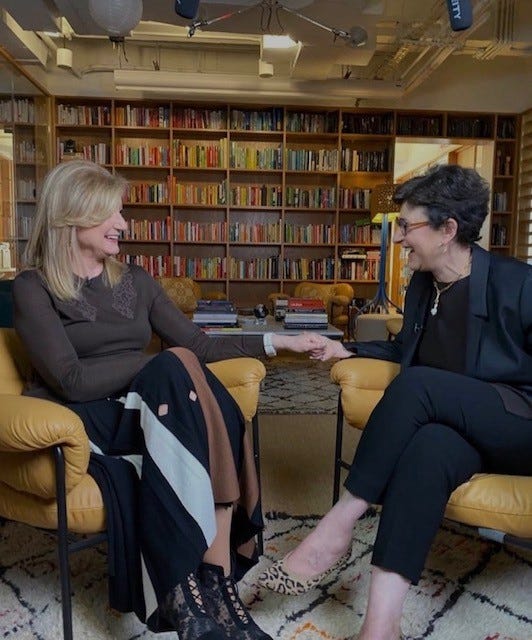WORKPLACE WELLBEING: CAN YOU INSURE - AND ENSURE - GOOD HEALTH AT WORK?
Including an audio interview with Sammy Rubin of YuLife
Hallo. Let’s talk about dogs first. This is Dapple, a Jack Russell who I’m Dog-Ma to (as in: I’m the Grand-Ma: it’s a long story, but kids grown up and leave home).
What does she have to do with wellbeing at work? Well, not only do I have to walk her daily which is a big obvious tick in the health box, but we know that there has been a a rise in acknowledging that taking dogs to work can have a really positive impact of on health and wellbeing in the workplace.
Before Covid-19 let’s say that bringing your dog to work would be marginal in terms of policy. Now it’s mainstream, just like the idea of Wellbeing as index-linked to productivity, performance, employee retention is.
There’s plenty of data to support this view. Gallup is a good source of intelligence on the cost of wellbeing to business and organisational health. The world has a problem of unhealthy work and unhealthiness at work.
I have strong views about bad working practice, bad management, dysfunction all contributing to the stress which dogs - no pun intended - workplaces. And I’m all for techniques and tactics to sharpen, or should I say soften focus on what makes people feel safe, empowered, supported - be that how to take exercise or weight management, or stress relief, or be supported when big health stuff hits, like severe illness or bereavement.
I’m closely watching tech-led nudges, prompts and AI-assisted methods so we can better monitor and understand our health. Here’s an interview I did last year in New York for Bloomberg Media with Arianna Huffington, Founder of Thrive Global (we’re pictured in her office on Broadway). Thrive Global specialises in tech-led nudges to help the human at work.
And here’s an interesting tweet by a friend of mine, the British economic writer and comedian (yes, I appreciate the irony) Dominic Frisby, on how he went from being flabby and unhealthy to having a six-pack and eating and sleeping better. It’s interesting how a combination of mindset and monitoring play their part.
Finally, I had a fascinating chat recently with Sammy Rubin, founder of health insurance group YuLife who is a Londoner now based in Jerusalem. The health insurance business is changing to reflect the interest in wellbeing which is fascinating. YuLife is at the cutting edge of companies selling more than the pure insurance, but also the tech tools for wider wellbeing and employee engagement.
Here’s Sammy - with apologies to him and you for slightly blunt editing: I’m cutting some of these snapshot interviews directly from my laptop.
What both Sammy Rubin and Arianna Huffington want to do, in different ways is the same thing: Correcting the chronic, and often preventable ill health which blights our lives and our working lives.
So here’s my working assumption: that workplace wellbeing is here to stay and growing. It is not a flash in the pan and has moved well beyond beanbags and mindfulness. It’s becoming central to the way we measure and monitor how work itself works. Because if your workers don’t feel well, they won’t work well, and then, neither will your business.
Do you have experience of evolving workplace technologies and techniques? Want to share them? Write to me: julia@thefullyconnected.com.
Meanwhile, I hope you will consider sharing/recommending The Working Assumption.
And if you haven’t already read my book, Working Assumptions, which covers wellbeing in a chapter, here’s my Author Page on Amazon and here’s a reviee just this week in the London School of Economics Review.
My best,
Julia






